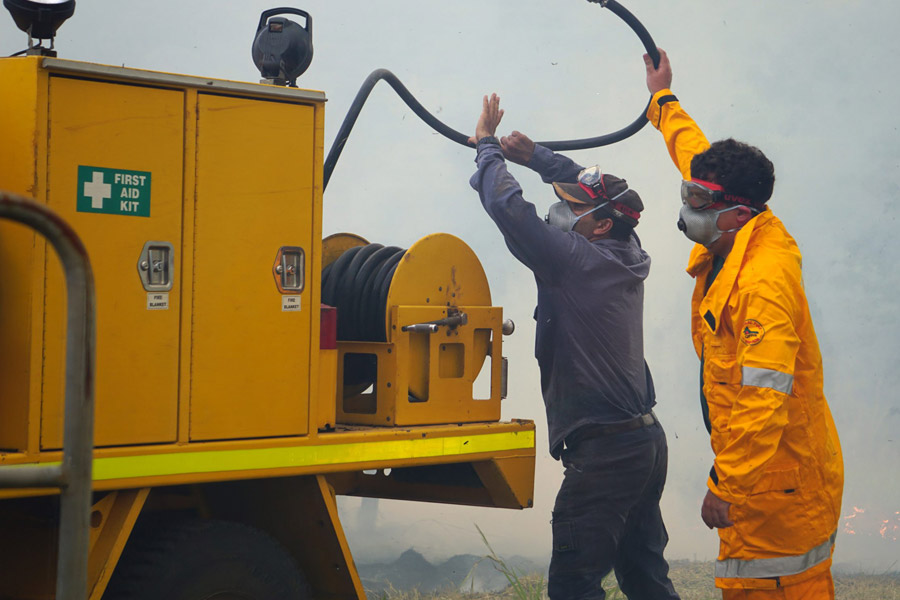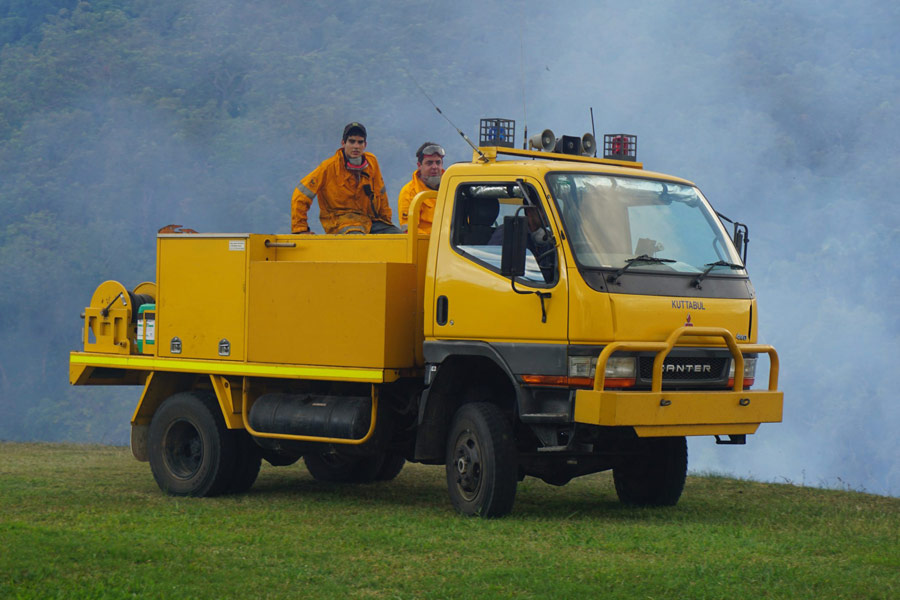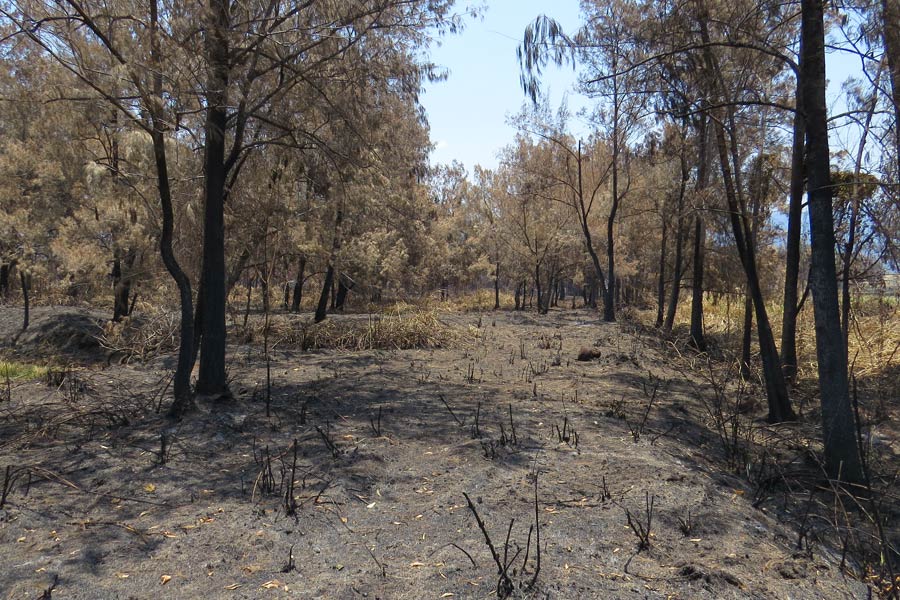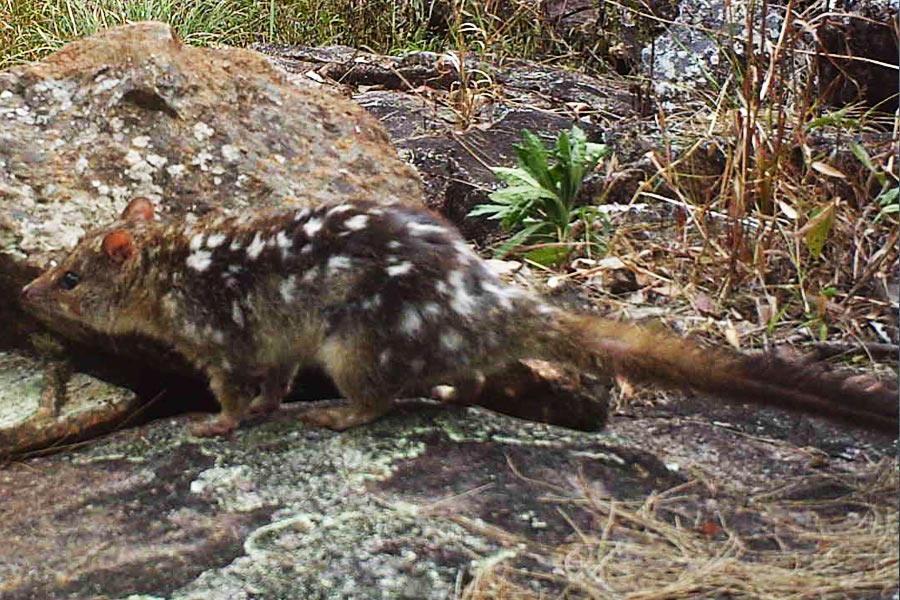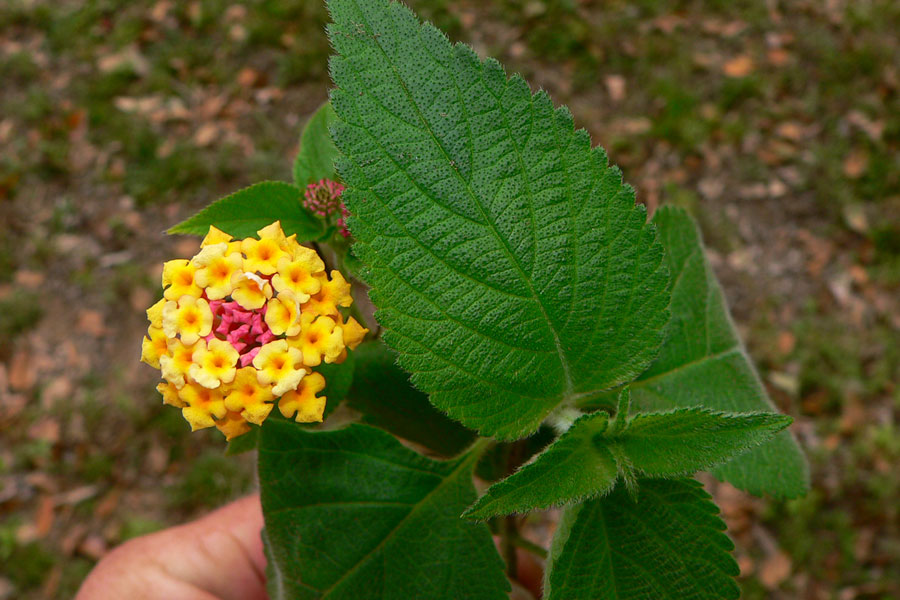The changes to fire regimes include:
- too frequent burning,
- an absence of fire in vegetation that requires fire,
- burning entire patches rather than mosaics,
- burning at the wrong time of year.
Within Queensland, private landholders and Volunteer Rural Fire Brigades are responsible for managing fire across 93% of the landscape. Fire management decisions are strongly influenced by economic market forces, societal expectations, and personal ethics. With these decision factors in mind, realignment of fire management decisions to achieve biodiversity conservation outcomes will be best achieved if it also results in better economic outcomes, better balances between private and public responsibilities, and breaking down barriers to adoption of fire planning across a range of land tenures.
Reef Catchments has developed a range of fire management tools in consultation with volunteer rural fire brigades, fire wardens, fire scientists and key landholders to support their fire management activities. This support includes provision of fire management guidelines, brigade and property level mapping including fire history mapping, and extending our fire management expertise. Importantly, support has been made available that assists across the three piers of fire management: achieving primary production outcomes, protecting life and property, and biodiversity conservation. Fire management guidelines have been prepared for:
- Clarke-Connors Range
- Cape York Bioregion
- Brigalow Belt Bioregion.
The project team has also developed tools to assist with control of major weeds Lantana and Rubber Vine, and promoting a fire regime for the conservation of Northern Quolls.
